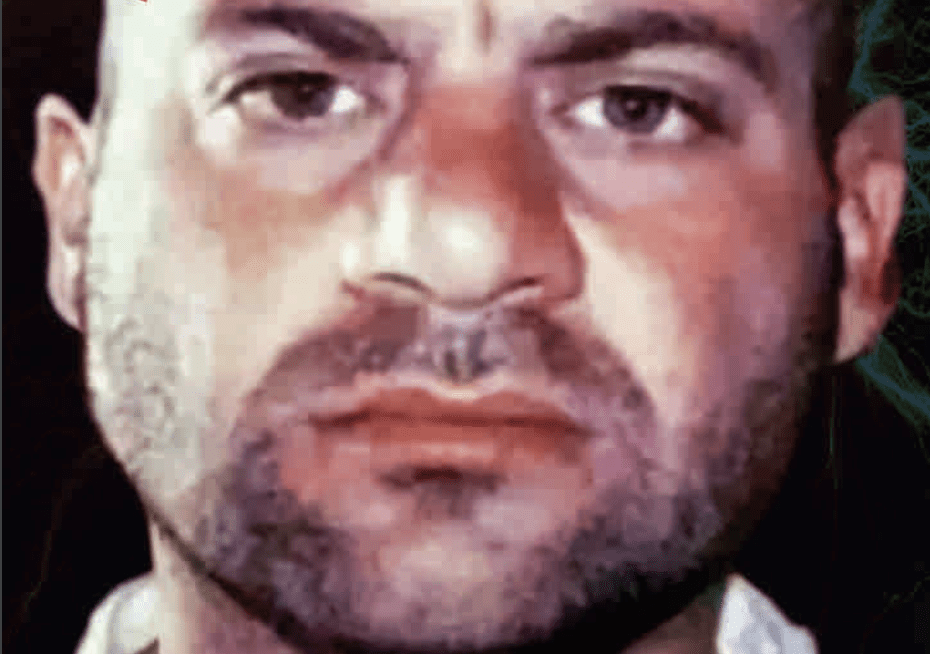
Credit: State Department.
Almost a year since the death by suicide of former Daesh leader Abu Bakr al-Baghdadi, academics and journalists across the Middle East and beyond are analysing new revelations about the Daesh leader’s past. Declassified documents released by the Combating Terrorism Center at West Point reveal that in 2008, whilst in US custody, Mohammed Said Abd Al Rahman al-Mawla (sometimes known as ‘Hajji Abdallah’) volunteered a large amount of information about up to 68 fellow members of Daesh’s predecessor organisation, then known as al-Qa’ida in Iraq (AQI). Media including the Emirati National have reported that a senior AQI commander was successfully targeted as a result of information provided by al-Mawla.
In the hours following the release of the files, commentators have explored a series of revelations with the potential to undermine al-Mawla’s leadership. Declassified interrogation reports detailing al-Mawla’s historical informing follow pre-existing jihadi disquiet around his lack of profile – the formerly pro-Daesh al-Wafa’ propaganda group rebuked those who pledged bay’ah (an oath of loyalty) to al-Mawla, citing the revivalist theologian Ibn Taymiyya’s injunction that: “the Prophet decreed obedience to leaders who exist and who are known … not obedience to a nonentity or an unknown”. Curiously, these reports suggest that al-Mawla himself professed not to have pledged bay’ah to AQI’s leadership in 2008, owing to concerns for his safety.
Some critics emerging from within Daesh’s own ranks have cast doubts on the process by which al-Mawla was selected, and blanched at the idea that he could lead the movement, given his status as a majhul ‘adam (an unknown nobody). Others have questioned his credentials, noting that unlike his immediate predecessor there appears to be scant evidence that al-Mawla meets the basic criteria that Daesh demands of its most senior leader. Eyebrows were raised at the appearance of the ‘al-Qurayshi’ nisbah in his given name, denoting purported lineage from a tribe associated with the Prophet Muhammed. Despite pretentions to scholarship, there is scant evidence of his having higher religious qualifications.
Observers will follow with interest whether al-Mawla’s past betrayals are forgiven by Daesh’s senior cadres. Yet multiple sources reveal that self-interest and internal strife (sometimes termed fitna) has long riven Daesh, even prior to al-Baghdadi’s death. These divisions fall across multiple fault-lines, from rivalries between cliques and different ethnic groups, to warring ideological camps. Disputes over the issue of takfir (the theology of excommunication) between the so-called Bin Ali and the Hazimiyah camps have previously spilled over into open conflict, while recriminations over Daesh’s failed strategy have also surfaced. Hostilities included a reported attempt by North African foreign terrorist fighters to kill al-Baghdadi, during an “intense” firefight in which his bodyguards had to protect the former leader from an ambush conducted by their own side.
As Daesh cohorts wrestle with whether to confront or excuse al-Mawla’s past betrayals, the more perceptive among them will alight upon more profound questions. Are the Daesh leader’s betrayals an aberration that will leave him isolated from his jihadi comrades? Or are they entirely characteristic of a movement in which superficial shows of brotherhood are increasingly failing to mask deep wells of distrust?

